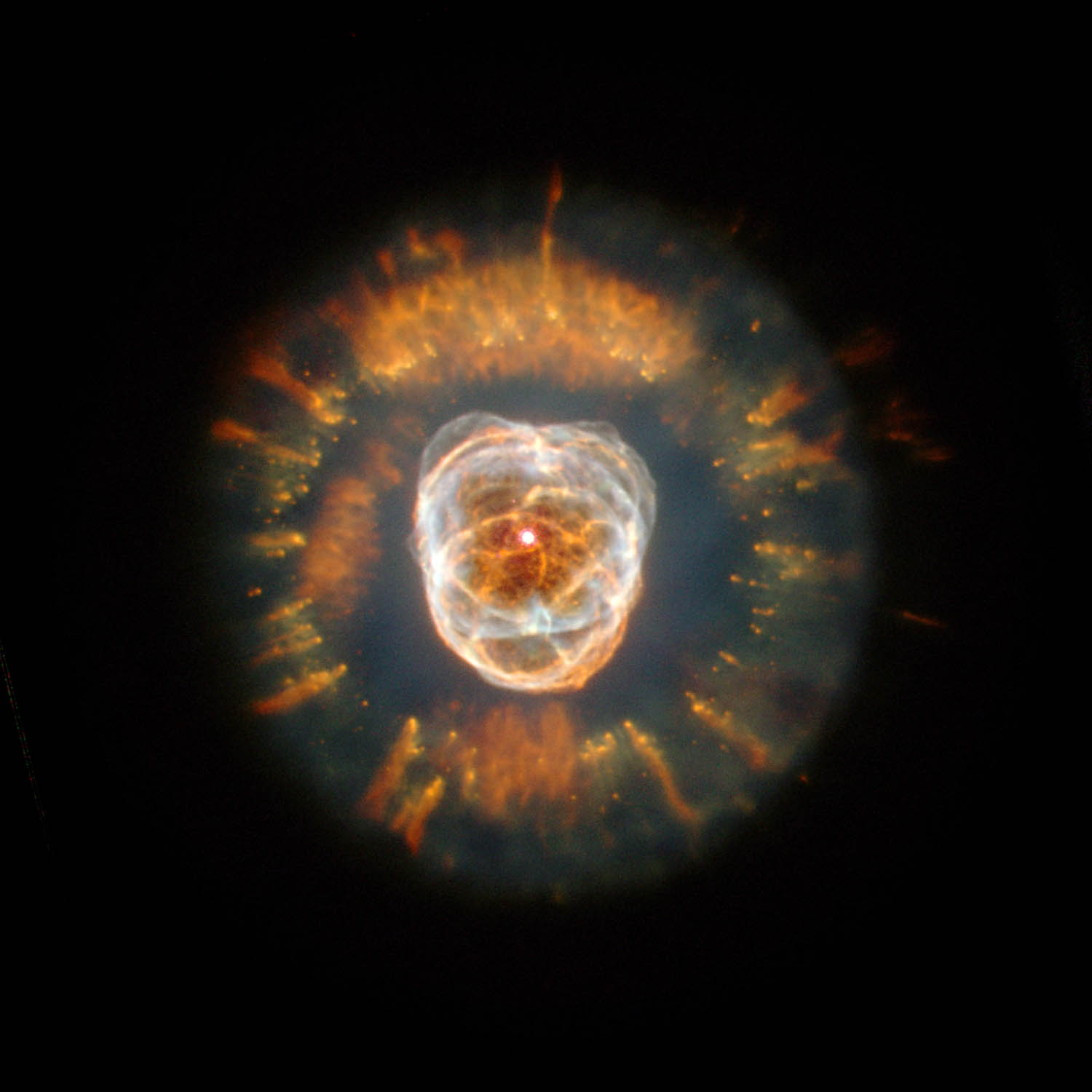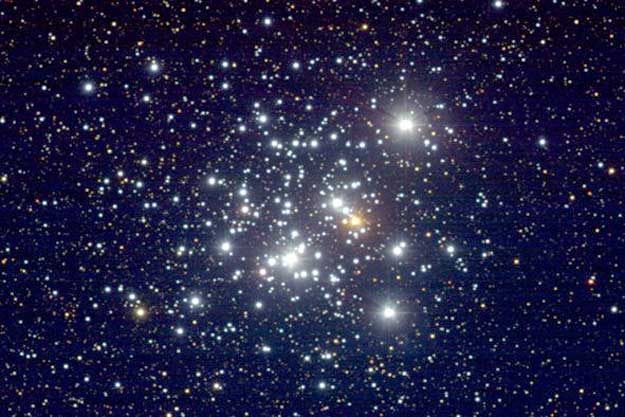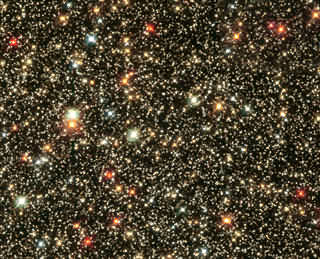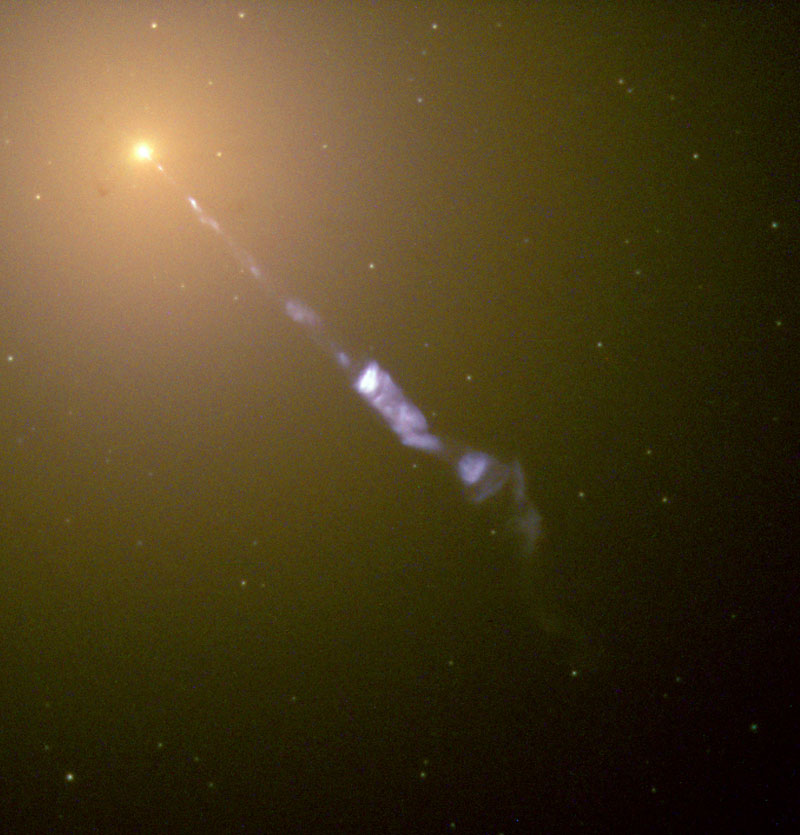You are using an out of date browser. It may not display this or other websites correctly.
You should upgrade or use an alternative browser.
You should upgrade or use an alternative browser.
Astronomy Picture thread
- Thread starter Perfection
- Start date
Knowze Gungk
NOT a mushroom
I love this one, but I'd have named it Brain, not Eskimo.


Perfection
The Great Head.
Mark Young
Formerly Sir Eric
- Joined
- Feb 14, 2003
- Messages
- 1,799
This is a picture of the jewel box cluster.
I regularly look at in the night sky.

@ puglover
What moon is that a picture of?
@I have a 3.5" Tasco reflector on loan from a work colleague but
I'm saving for a 6" which will set me back about $500
I regularly look at in the night sky.

@ puglover
What moon is that a picture of?
@I have a 3.5" Tasco reflector on loan from a work colleague but
I'm saving for a 6" which will set me back about $500
Gingerbread Man
Dark Magus
This is pure background material! It is hard to choose which one I will set!
Keep it going
Keep it going

Aphex_Twin
Evergreen
- Joined
- Sep 7, 2002
- Messages
- 7,474
Background view of the VLT ESA observatory. It's the largest in the World and has a better resolution than Hubble !

One of the telescopes, gazing up at the sky...

They actually shaved off the tip of a mountain to build those things...


One of the telescopes, gazing up at the sky...

They actually shaved off the tip of a mountain to build those things...

Gothmog
Dread Enforcer
- Joined
- Sep 19, 2002
- Messages
- 3,352
I posted these in a similar thread in another forum.
The Hubble Deep Field South. This part represents 10x10 arcseconds of angle, and arcsecond is 1/3600 part of a single degree.

A solar storm.

This next object is known as M87 (a galaxy) and is believed to house a supermassive black hole, which has swallowed up a mass equivalent to 2 billion times the mass of our Sun.
The jet originates in the disk of superheated gas swirling around this black hole and is propelled and concentrated by the intense, twisted magnetic fields trapped within this plasma.
The light that we see is produced by electrons twisting along magnetic field lines in the jet, a process known as synchrotron radiation, which gives the jet its bluish tint.
The jet is approximately 5000 lightyears long and is moving at nearly the speed of light.
and is moving at nearly the speed of light.

At a distance of 50 million light-years, M87 is too distant for Hubble to discern individual stars.
The dozens of star-like points swarming about M87 are, instead, themselves clusters of hundreds of thousands of stars each.
The Hubble Deep Field South. This part represents 10x10 arcseconds of angle, and arcsecond is 1/3600 part of a single degree.

A solar storm.

This next object is known as M87 (a galaxy) and is believed to house a supermassive black hole, which has swallowed up a mass equivalent to 2 billion times the mass of our Sun.
The jet originates in the disk of superheated gas swirling around this black hole and is propelled and concentrated by the intense, twisted magnetic fields trapped within this plasma.
The light that we see is produced by electrons twisting along magnetic field lines in the jet, a process known as synchrotron radiation, which gives the jet its bluish tint.
The jet is approximately 5000 lightyears long
 and is moving at nearly the speed of light.
and is moving at nearly the speed of light.
At a distance of 50 million light-years, M87 is too distant for Hubble to discern individual stars.
The dozens of star-like points swarming about M87 are, instead, themselves clusters of hundreds of thousands of stars each.
DvR
½ man, ½ amazing
If it's a clear sky tonight you can see this baby:

In 7 days from now, mars will be very close to earth.. Last time it was this close was about 73.000 years ago..
The distance it's away from us on the 27th is 55.758.006 kilometres, which is relatively close..
If the sky is clear tonight, you should be able to see it easily.. It won't be hard to recognise, since it's the brightest object in the sky apart from the moon, and it's a little bit red/yellowish..
If you've got a pair of binoculars and manage to hold em very still you'll be able to see it's a little sphere..

In 7 days from now, mars will be very close to earth.. Last time it was this close was about 73.000 years ago..
The distance it's away from us on the 27th is 55.758.006 kilometres, which is relatively close..
If the sky is clear tonight, you should be able to see it easily.. It won't be hard to recognise, since it's the brightest object in the sky apart from the moon, and it's a little bit red/yellowish..
If you've got a pair of binoculars and manage to hold em very still you'll be able to see it's a little sphere..
Perfection
The Great Head.
Aphex_Twin
Evergreen
- Joined
- Sep 7, 2002
- Messages
- 7,474
Chris1111
Lurker
Perfection
The Great Head.
Aphex_Twin
Evergreen
- Joined
- Sep 7, 2002
- Messages
- 7,474
Stile
Emperor
"This visible-light picture, taken by NASA's Hubble Space Telescope in 1999, reveals an intergalactic "pipeline" of material flowing between two battered galaxies that bumped into each other about 100 million years ago. The pipeline is the dark string of matter stretching 20,000 light-years between NGC 1410 at left and NGC 1409 at right."
Attachments
Aphex_Twin
Evergreen
- Joined
- Sep 7, 2002
- Messages
- 7,474
Originally posted by Cimbri
Extent of mankinds radiobroadcasts
What does the red circle represent? I don't think humans began using walkie-talkies 50,000 years ago...
DvR
½ man, ½ amazing
Even that yellow circle could have a radius of a few hundred lightyears..
Similar threads
- Replies
- 835
- Views
- 45K
- Replies
- 20
- Views
- 2K
- Replies
- 88
- Views
- 4K










